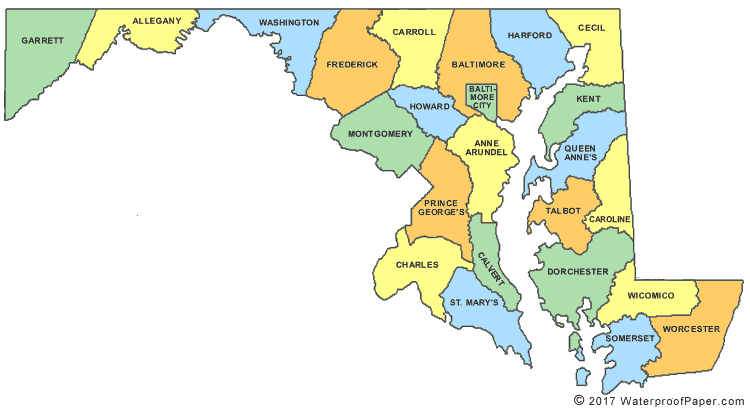WJLA-TV in Washington is reporting that former Gov. Bob Ehrlich (R) will formally announce his bid to reclaim his old job on Wednesday, April 7, in Rockville, followed by an event at his childhood home in Arbutus. If true, this would end months of "will he, or won't" speculation in Maryland. Although 2010 is shaping up to be a bad year for Democrats and incumbents, Ehrlich would face an uphill battle in a race against current governor Martin O'Malley. Democrats enjoy a 2 to 1 voter registration advantage in the state, and the largest jurisdictions, Prince Georges and Montgomery counties and Baltimore City, provide any Democratic statewide candidate with a solid base of support. The “Big Three” are home to 1.4 million of the state’s 3.4 million registered voters and more than half of the state’s registered Democrats. These jurisdictions are crucial for any Democratic candidate. In 1994, Democratic candidate Parris Glendening lost every county in Maryland, save for the Big Three and still managed a narrow victory over Republican Ellen Sauerbrey.
Move beyond the "Big Three" Democratic jurisdictions and the rest of the state is far more competitive. The “Big Three” advantage enjoyed by Democrats can be offset by a Republican by focusing on the “Big Five” counties in central Maryland – Baltimore (county, not city), Carroll, Harford, Howard, and Anne Arundel. These counties are home to 1.2 million voters, but less than half are Democrats.
The rest of Maryland can be divided into the “Western Four” counties of Alleghany, Frederick, Garret, and Washington home to 277,000 registered voters and Republicans outnumber Democrats in each county. Next we can move to the “Southern Three” counties of Calvert, Charles, and St. Mary’s. This region represents the fastest growing area in the state, though it is currently home to just over 200,000 voters. Although Democrats outnumber Republicans in each of the three counties, the Southern Three had been a reliable Republican voting bloc in gubernatorial elections – until 2006 when the largest of three, Charles County, went Democrat. Finally, there is the “Eastern Shore Nine” of Caroline, Cecil, Dorchester, Kent, Queen Anne’s, Somerset, Talbot, Wicomico, and Worchester – home to 266,000 voters. Democrats enjoy a slight voter registration advantage on the Eastern Shore, but the nine counties have been a reliable source of Republican gubernatorial votes.
The key for Ehrlich, or any statewide Republican candidate, is to run strong in the Big Five, while maintaining the party’s traditional advantage in the Western Four, the Southern Three, and the Eastern Shore Nine. When Ehrlich defeated Kathleen Kennedy-Townsend in 2002 he won every county in Maryland except the Big Three. When Ehrlich faced O’Malley in 2006 the story was different. O’Malley enjoyed a tremendous advantage in the Big Three, but also made inroads in the Big Five. In 2002, Ehrlich won Howard County by nearly 10,000 votes; in 2006 O’Malley flipped that to a 1,000 vote victory. Ehrlich won Baltimore County by 64,000 votes in 2002; O’Malley reduced that margin to 8,000. Among the Southern Three, O’Malley was able to flip Charles County.
If Ehrlich intends to reclaim his old job and return to Annapolis he'll need to repeat his success in 2002 and reverse the gains made by O’Malley in 2006. This will be no easy task. Maryland Democrats have added more than 384,000 new voters to their ranks since 2002, while the Republican ranks grew by only 73,000. Regardless of whether Ehrlich wins, he is the only Republican candidate with a viable chance and his presence at the top of the ticket may well help Republican candidates in the rest of the state - especially candidates for the Maryland Senate where Republicans are only five seats shy of breaking the Democrat's filibuster-proof majority. Ehrlich will need a well financed campaign, a compelling message, and a strong anti-incumbent or pro-Republican wave to help push him over the finish line.
Please see my prior posts exploring Ehrlich's chances in a rematch - here, here, and here.

